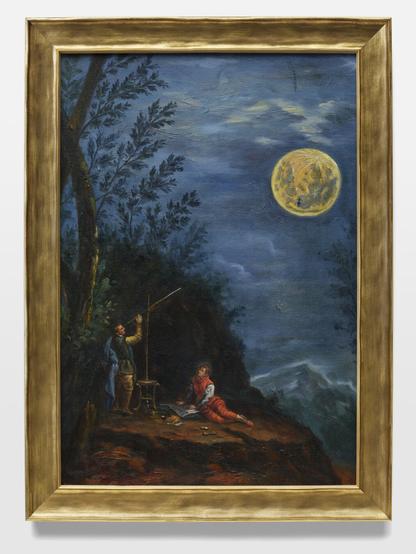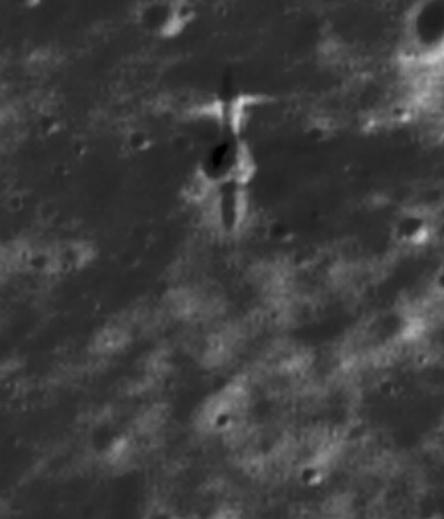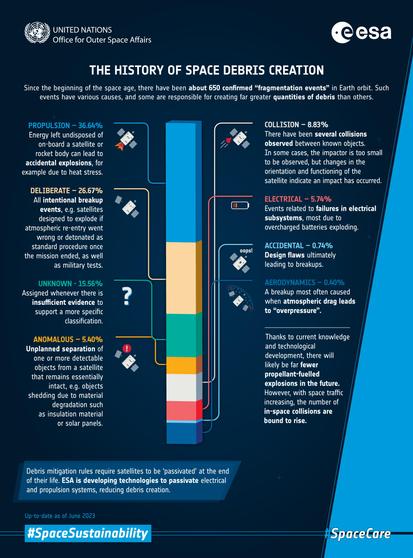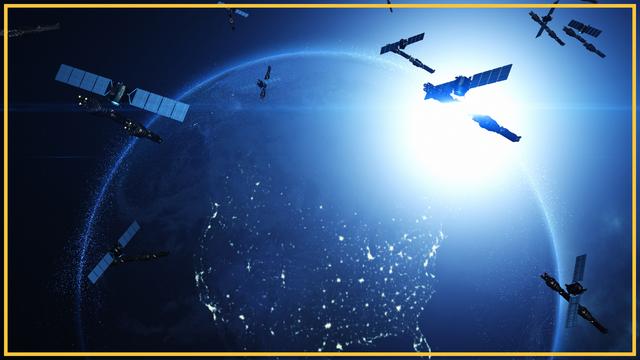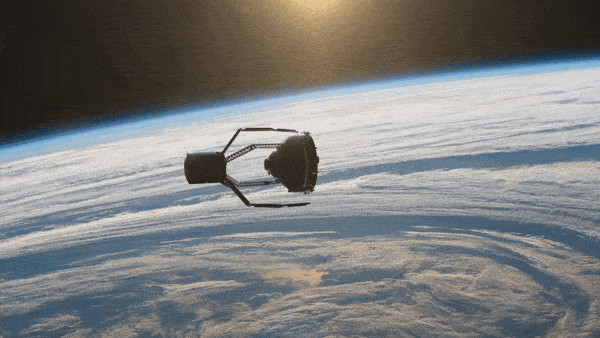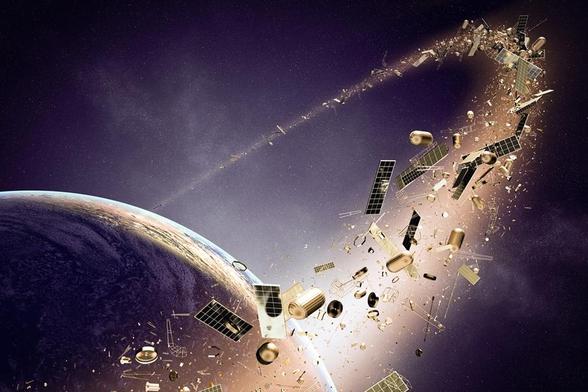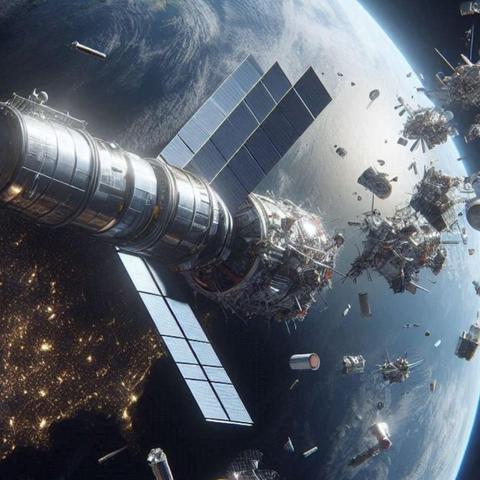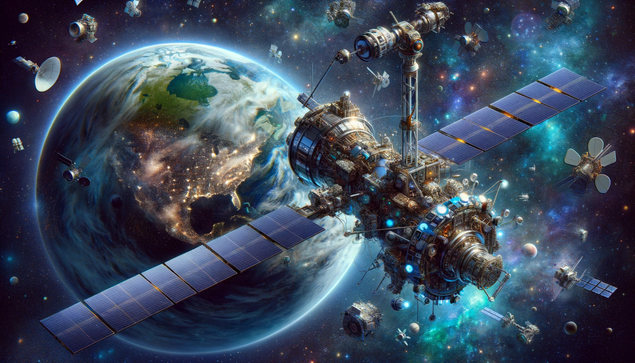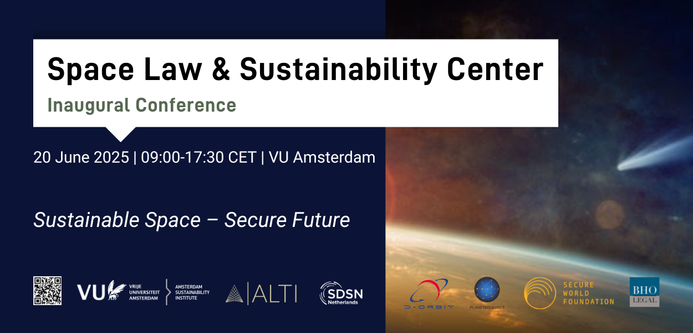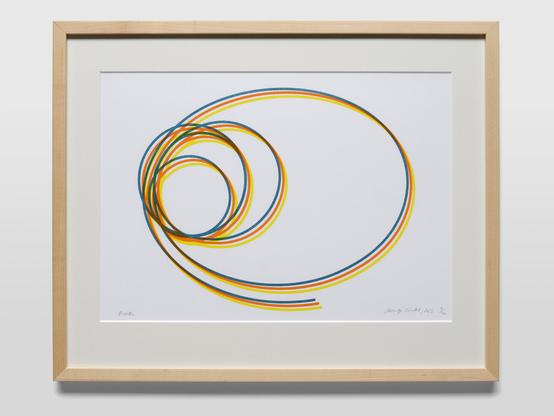#Sonnenstürme verkürzen die Lebensdauer von #Starlink-Satelliten und lassen sie schneller zur Erde zurückkehren.
Durch erhöhte #Atmosphärendichte steigt der Luftwiderstand, was zu unvorhersehbaren #Bahnabweichungen führt. Das erschwert die #Kollisionsvermeidung und könnte das Risiko für herabfallende #Trümmerteile erhöhen. Mit Tausenden Satelliten im Orbit wird das #Weltraummanagement zunehmend komplexer.
https://arxiv.org/abs/2505.13752
#Preprint #GeomagnetischeStürme #Raumfahrt #SpaceDebris #SpaceX

Tracking Reentries of Starlink Satellites During the Rising Phase of Solar Cycle 25
The exponential increase of low-Earth orbit (LEO) satellites in the past 5 years has brought into intense focus the need for reliable monitoring and reentry prediction to safeguard from space collisions and ground debris impacts. However, LEO satellites fly within the upper atmosphere region that exerts significant drag forces to their orbits, reducing their lifetimes, and increasing collision risks during dynamic events, like geomagnetic storms. Such conditions can become more severe during geomagnetic storms, particularly during extreme events. In this work, we use two-line element (TLE) satellite tracking data to investigate geomagnetic activity effects on the reentries of 523 Starlink satellites from 2020 to 2024. This period coincides with the rising phase of solar cycle 25, which has shown itself to be more intense than the previous solar cycle. We derive satellite altitudes and velocities from TLE files and perform a superposed epoch analysis, the first with hundreds of similar satellites. Even with limitedly accurate TLE data, our results indisputably show that satellites reenter faster with higher geomagnetic activity. This is explained by the fastest orbital decay rates (in km/day) of the satellites caused by increased drag forces. We also find that prediction errors, defined as the difference between the epochs of actual reentries and predicted reentries at reference altitudes, increase with geomagnetic activity. As a result, we clearly show that the intense solar activity of the current solar cycle has already had significant impacts on Starlink reentries. This is a very exciting time in satellite orbital drag research, since the number of satellites in LEO and solar activity are the highest ever observed in human history.
